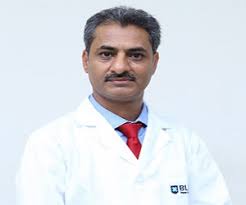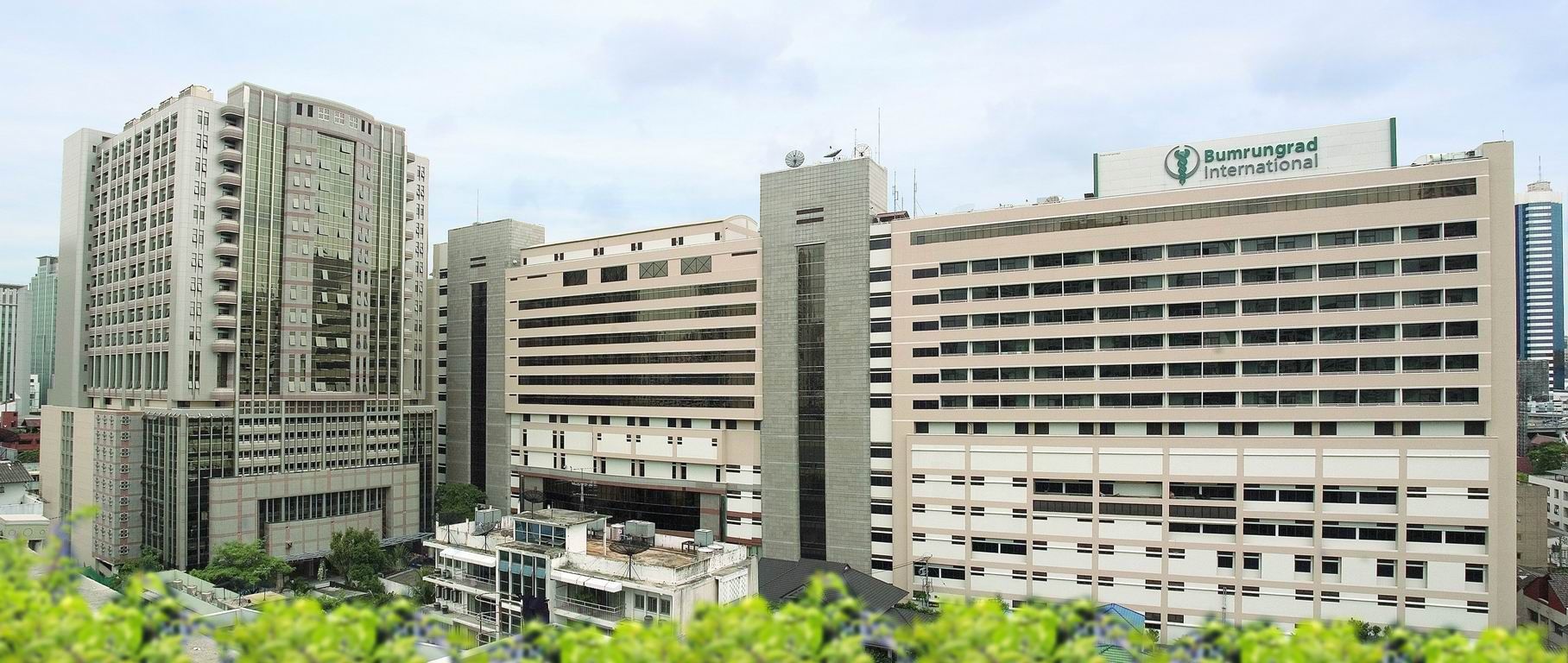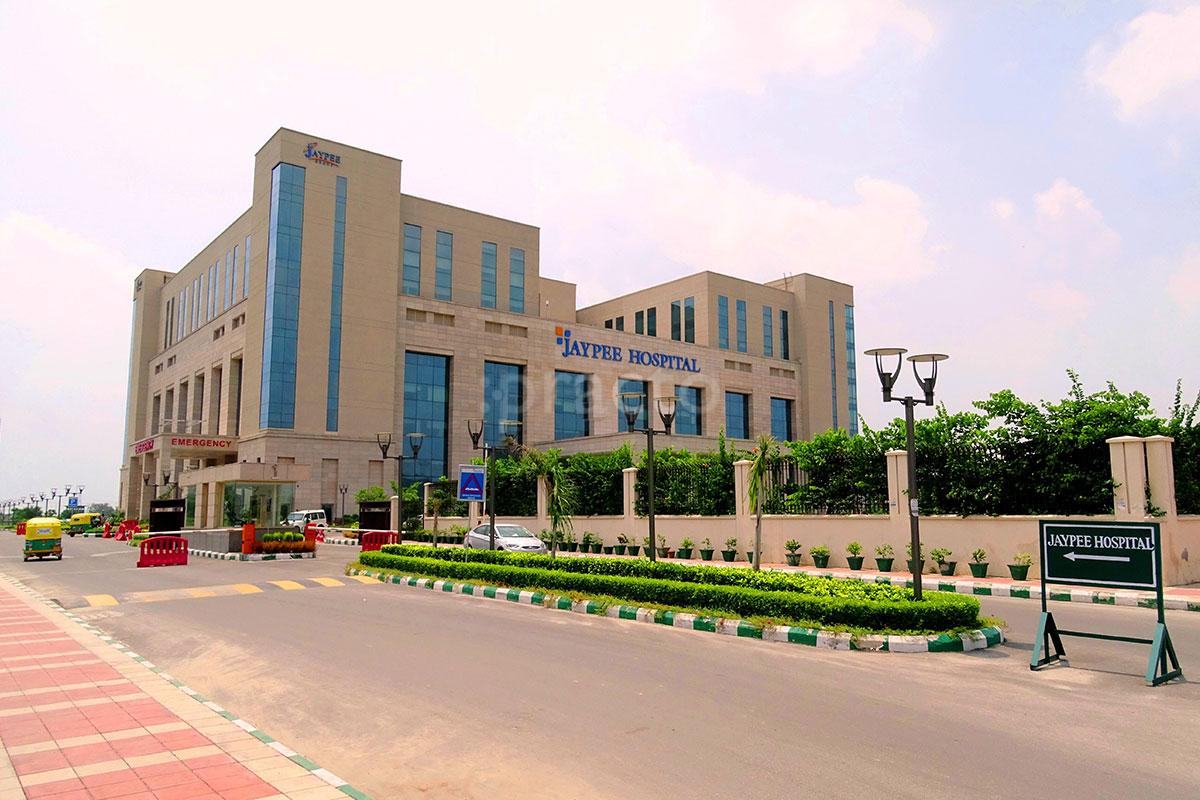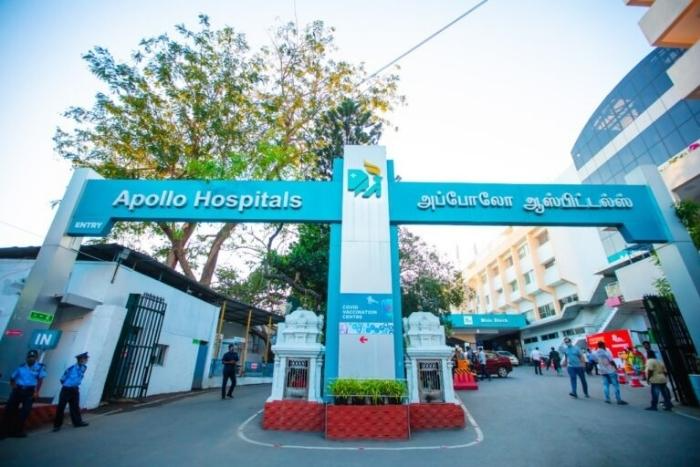Urology
TURP Treatment
Transurethral Resection of the Prostate
Transurethral resection of the prostate (TURP) is a surgery used for treating urinary problems which have been resulted due to an enlarged prostate. A combined visual and surgical instrument (called as resectoscope) is being inserted through the tip of the patient’s penis and into the urethra (the tube that carries urine from the bladder).
What is Transurethral resection of the prostate (TURP)?
Transurethral resection of the prostate (TURP) is a surgery used for treating urinary problems which have been resulted due to an enlarged prostate. A combined visual and surgical instrument (called as resectoscope) is being inserted through the tip of the patient’s penis and into the urethra (the tube that carries urine from the bladder). The urethra is being surrounded by the prostate. By the use of the resectoscope, the doctor trims away excess prostate tissue that is blocking the urine flow. TURP is usually considered as an option for the men with moderate to severe urinary problems which are not being helped by the medicines. In all most every case, TURP has been considered the most useful for treating an enlarged prostate.
Why is Transurethral resection of the prostate (TURP) Required?
TURP is generally recommended when prostate enlargement results in troublesome symptoms and the treatment with the help of medication has been failed duly.
Symptoms that may improve after TURP include the following:
- Problems with the starting of the urine
- A weak urine flow or starting and stopping
- Strain with the passage of the urine
- A frequent urge to urinate
- Waking up regularly during the night for urinating (nocturia)
- A sudden need to urinate
- Unable to empty the bladder fully
What does the procedure involve?
Transurethral Resection of the Prostate (TURP) usually takes up to 90 minutes. Before the surgery patient’s will be given either spinal anesthesia (which means the patients will remain conscious) or general anesthesia (which means the patients will remain unconscious during the procedure). The patients might also have a dose of antibiotics for preventing the infection.
During the procedure
The resectoscope is being inserted into the tip of the patient’s penis and is being extended through the patient’s urethra and into the area of the prostate. The doctor won't be required to make any incisions on the outside of the patient’s body. The doctor uses the resectoscope for trimming the tissue from the inside of the patient’s prostate gland. As the small pieces of tissue are being cut from inside the patient’s prostate, irrigating fluid carries them into your bladder. They're removed at the end of the operation.
After the procedure
The patients will be likely staying in the hospital for at least one day. The patients will have a urinary catheter in place because of the swelling that blocks urine’s passage. The catheter is usually left in its place for at least 24 hours after the surgery. The catheter is placed until the swelling reduces and the patients are able to urinate on their own.
The patients might also notice the following:
Blood in the urine: It is common to view the blood right after surgery. But the patients must contact their doctor if the blood in the urine is quite thick like ketchup, the flow of the urine is being blocked or bleeding in the urine appears to get worse. Blood clotting can result in the blockage of the urine.
Irritating urinary symptoms: Urination may get painful, or the patients may have a sense of urgency or a regular need to urinate. Painful urination generally improves after the six weeks or so.
The doctor is likely to suggest that:
- The patients must drink plenty of water for flushing out the bladder.
- The patients must eat high-fiber foods, for avoiding constipation and straining during a bowel movement. The doctor might also suggest a stool softener.
- The patients must wait before they resume taking any blood-thinning medications. The blood thinner medications can only be taken after the approval of the doctors.
- The patients must avoid strenuous activity, such as lifting heavy objects, for at least four weeks or until the doctor gives a green flag.
- The patients must hold off on sex for up to six weeks.
- The patients must avoid driving until their catheter is either being removed or they are no longer taking prescription pain medications.
What are the risks involved?
Risks of Transurethral resection of the prostate (TURP) can include the following:
Temporary difficulty urinating: The patients might have trouble urinating for a few days after the surgery. Until the patients can urinate on their own, the patients will need to have a tube (catheter) inserted into their penis for carrying the urine out of the bladder.
Urinary tract infection: The urinary tract infection is a possible complication after any prostate procedure. An infection is more likely to increase as long as the longer the patients have a catheter placed inside them.
Dry orgasm: A very common and a long-term effect of any type of prostate procedure is the release of the semen during ejaculation into the bladder instead of releasing the semen out of the penis (this condition is also known as retrograde ejaculation). Dry orgasm is not harmful and usually doesn't affect sexual pleasure.
Heavy bleeding: It is very rare that the men lose enough blood during Transurethral Resection of the prostate (TURP) and thus requiring a blood transfusion. Men having a larger prostate are at a higher risk of a high blood loss.
Difficulty holding urine: It is very rare, but still the loss of bladder control is a long-term complication of Transurethral Resection of the Prostate (TURP).
Low sodium in the blood: In a very few cases, the body absorbs too much of the fluid, which is used for washing the surgical site during TURP. This condition (known as transurethral resection (TUR) syndrome or TURP syndrome) can be deadly if left untreated. A technique known as bipolar TURP (Transurethral Resection of the Prostate) eliminates the risk of TURP syndrome.
Need for retreatment: Some patients require follow-up treatment after Transurethral Resection of the Prostate (TURP) because symptoms may return with the time or at the worst case doesn’t adequately improve. Few times, retreatment is required because TURP can result in the narrowing of the urethra or the bladder neck.
TREATMENT-RELATED QUESTIONS
GetWellGo will provide you end-to-end guidance and assistance and that will include finding relevant and the best doctors for you in India.
A relationship manager from GetWellGo will be assigned to you who will prepare your case, share with multiple doctors and hospitals and get back to you with a treatment plan, cost of treatment and other useful information. The relationship manager will take care of all details related to your visit and successful return & recovery.
Yes, if you wish GetWellGo can assist you in getting your appointments fixed with multiple doctors and hospitals, which will assist you in getting the second opinion and will help you in cost comparison as well.
Yes, our professional medical team will help you in getting the estimated cost for the treatment. The cost as you may be aware depends on the medical condition, the choice of treatment, the type of room opted for etc. All your medical history and essential treatment details would be analyzed by the team of experts in the hospitals. They will also provide you with the various types of rooms/accommodation packages available and you have to make the selection. Charges are likely to vary by the type of room you take.
You have to check with your health insurance provider for the details.
The price that you get from GetWellGo is directly from the hospital, it is also discounted and lowest possible in most cases. We help you in getting the best price possible.
No, we don't charge patients for any service or convenience fee. All healthcare services GetWellGo provide are free of cost.
Top Doctors for Urology
Top Hospitals for Urology
Contact Us Now!
Fill the form below to get in touch with our experts.







